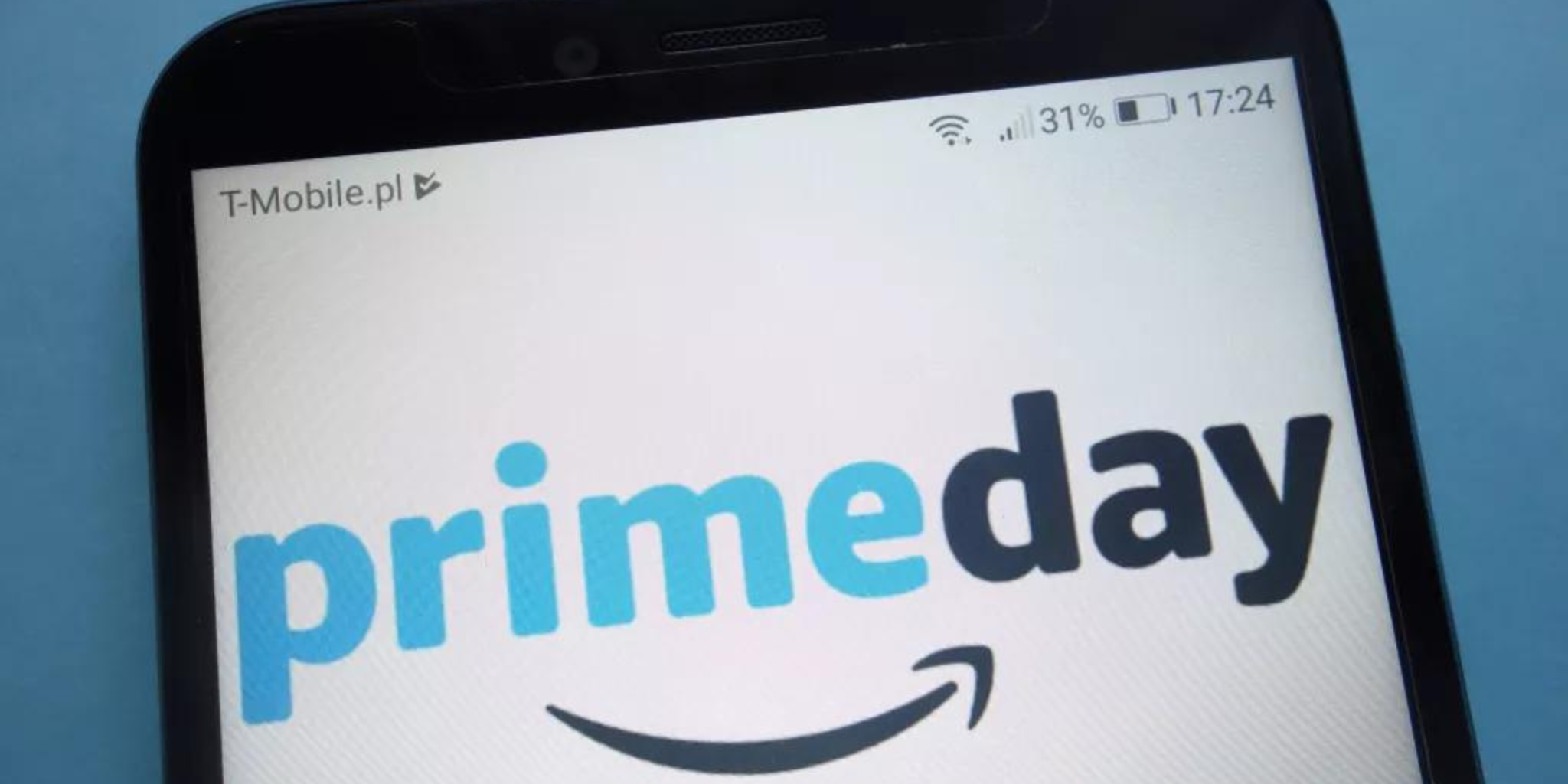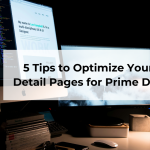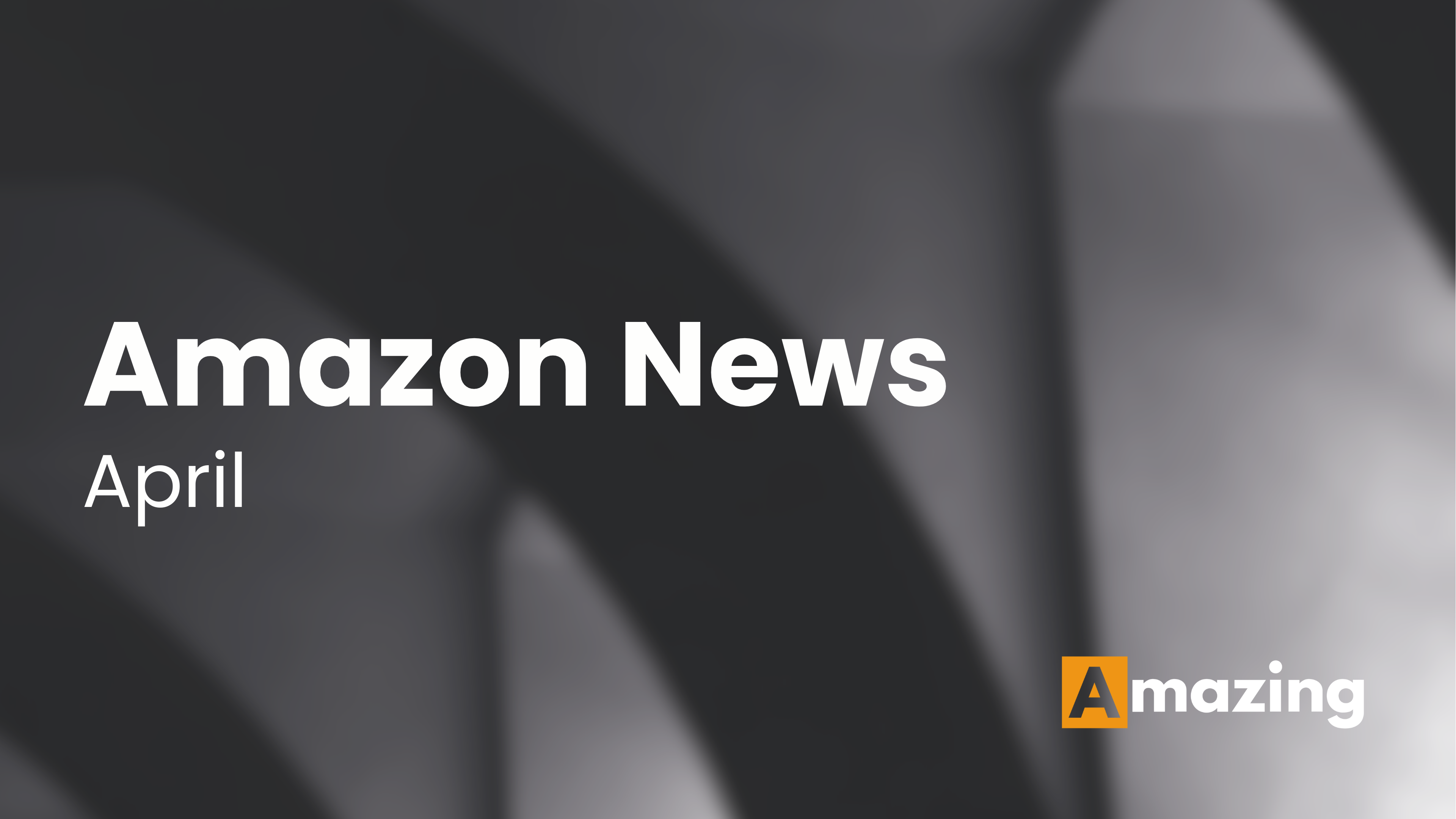As we discussed in our previous post, Prime Day is just around the corner and it’s time to get ready for it. Amazon has confirmed the dates for a new edition of Prime Day, this Prime Day will take place on July 12 & 13.
We have already mentioned that Prime Day is the platform’s flagship event. It is one of the most important e-commerce events of the year and therefore attracts a large volume of consumers interested in the deals offered by the platform.
The traffic generated by the visibility of this event is the perfect opportunity to increase the exposure of our portfolio and increase our sales.
Therefore, as we mentioned in our previous post, in addition to a good promotion strategy that catches the attention and interest of users, we need an advertising strategy that gives visibility to our products and therefore to our promotions. This will be the main topic of the post, giving some tips to design the proper strategy for this event.
When we discussed Prime Day and how to plan your advertising strategy in the past, we mentioned that the event doesn’t just take place over two days. It is longer and involves three phases, which we remind you below:
Phase 1 or Lead-Up: This happens between 2 and 3 weeks before the event. This is the perfect time to test and give our campaigns the traction they need before the peak days.
Phase 2 or the Event: This is the key moment and therefore when our campaign costs become more expensive, but also when we report more sales. This is the time to spend most of our budget since all the visibility that we get will be translated into sales.
Phase 3 or Lead-Out: This takes place one week after the event for those late buyers. Competition tends to decrease, and it is a good time to boost our latest deals and increase our profitability.
Before discussing the tips in depth, we must consider the ecosystem where we are going to run our campaigns. We must understand that we are in a peak event, and this implies certain circumstances that will impact our ROAS:
The traffic and search increase on the platform leads to both an increased ad competition as well as a higher volume of users clicking on our ads. This leads to higher CPCs in the event timeframe than in the always-on period, as well as a higher volume of clicks that will not convert. All these circumstances will increase the overall cost of our campaigns.
On the other hand, the attribution we will receive for each sale will be lower, as our product will have a discount that reduces its final price.
Both above cases will lead to a decrease of our ROAS, which is not a bad sign as we will balance it with a higher volume of sales, and therefore a higher profit in the month of the event.
Once we have understood the previous section, we are ready to discuss the 4 key aspects needed to create our campaign strategy:
Budget: This is often a tricky topic because we always have a smaller budget than the one we would wish for. Every time we face an event of this dimension the budget required is higher than the one we have for the “always-on” period.
Which is the reason? CPCs increase as all the competitors are present and wants to take advantage of the traffic increase and the great conversion opportunity.
In addition, the click-through rate also increases because users click on the ads to get more information and therefore the conversion rate decreases.
Bidding: This topic plays a very important role as a good bidding strategy will help us to be successful. We have already mentioned that CPCs are increasing so our bids must increase to be competitive in the placement auctions. This is the case for all the verticals, where bids are multiplied by x2 and in some cases they can be multiplied up to x4.
The Advertised Catalogue will be key: Most of our competitors will be on promotion, so we recommend keeping our focus exclusively on products with deal. Keep in mind that the consumer is looking for a deal, so thanks to the promo tags our ad will be more ” visible ” to the final consumer.
The last one, Strategy: Speaking about it in last place does not mean that it is less important than the rest. Here we must keep in mind that we should protect our brand but let’s also focus our efforts on bidding for the main generic terms, as well as monitoring our main competitors by showing up in their detail pages through the Sponsored Display format.
In summary, if we want to be competitive and take advantage of the traffic that an event of this size can generate, we must have a proper budget for our category, be willing to increase our bids and be ready to lower our ROAS in order to achieve a higher volume of sales. Together with this, we must have a strategy focused on an eye-catching promotion catalogue.






